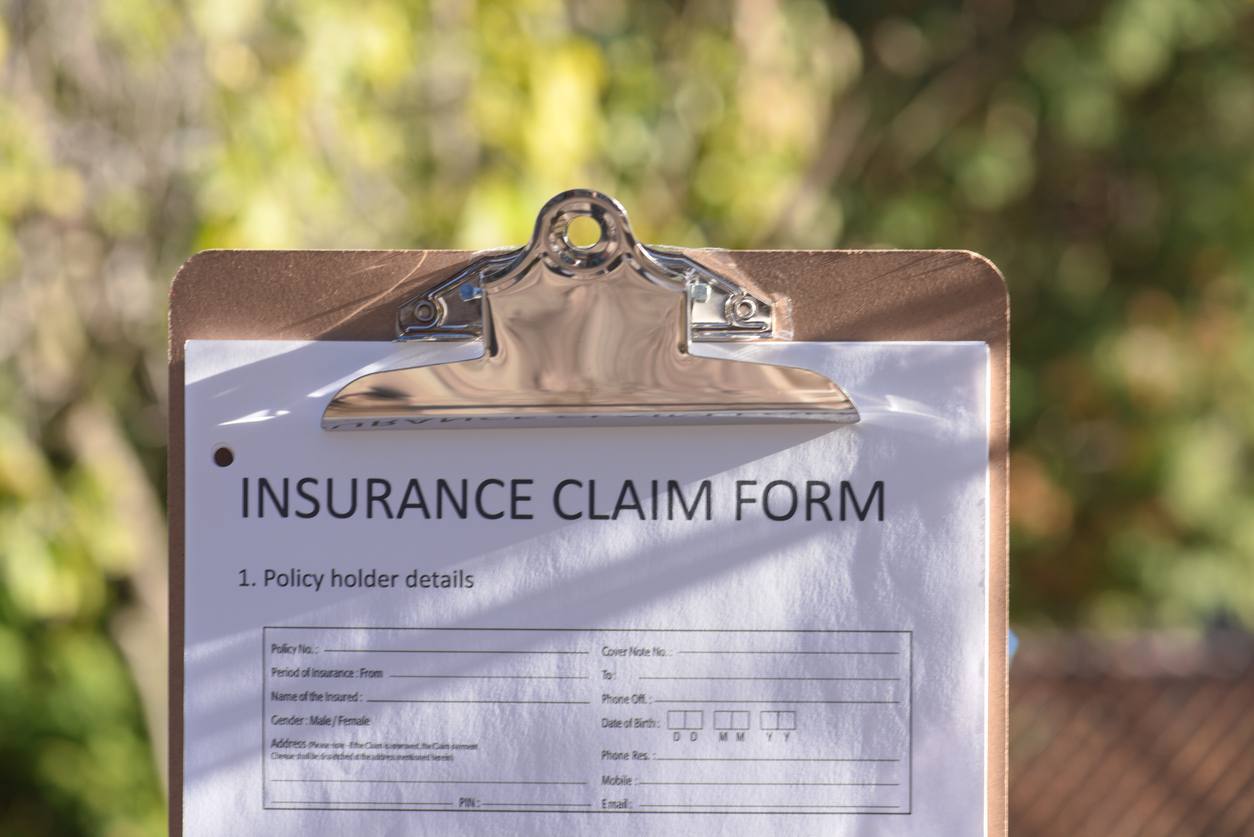Guide To How to File a Claim Against Someone Else’s Homeowners Insurance
Accidents happen, and sometimes, the damage is someone else’s responsibility. If another person’s negligence causes damage to your property or belongings, you might wonder if you can file a claim against their homeowners insurance. The good news? You can. But it’s not always simple. This guide will walk you through how to file a claim against someone else’s homeowners insurance, what you need to know about the process, and how to protect your financial interests while doing it.
Understanding Liability in Homeowners Insurance
When another person’s property or actions cause damage or injury, their homeowners insurance might cover your losses under the liability portion of their policy. This is especially common in scenarios like:
- A neighbor’s tree falls and damages your roof.
- A guest trips on a broken step at someone’s house and gets injured.
- Water leaks from a neighboring property into yours.
The key is proving negligence or fault. The insurer won’t pay out unless their policyholder is found liable.
Step-by-Step: How to File a Claim Against Someone Else’s Homeowners Insurance
Step 1: Document the Damage
Before doing anything else, collect as much evidence as possible. Photos, videos, receipts, and even written witness accounts can strengthen your case.
Step 2: Communicate with the Homeowner
Let the homeowner know that you believe their property caused damage. Request their homeowners insurance details. Most homeowners will cooperate—if they don’t, you might need to escalate legally.
Step 3: File a Third-Party Liability Claim
You don’t file this through your insurance. Instead, you submit it directly to the other person’s insurance company as a third-party liability claim.
Include:
- Incident details
- Evidence
- Estimate of damages or costs
- Contact information
What to Expect After Filing a Claim
How Long Does a Homeowners Insurance Claim Take?
It typically takes 30 to 60 days, but timelines vary by provider and complexity. Expect:
- Initial acknowledgment within 14 days (in most states)
- An investigation by the adjuster
- Negotiation and resolution
During this time, stay in communication with both the insurer and the homeowner.
Common Challenges When Filing a Claim
Can You Cancel a Homeowners Insurance Claim?
Yes, you can withdraw your claim if it hasn’t been processed yet or if you settle privately. But once the insurer has paid out or fully investigated, it’s harder to retract.
What Not to Say When Filing a Homeowners Insurance Claim
Avoid statements that admit fault, guess at causes, or minimize damage. Stick to the facts:
- Do say: “Water entered from the side wall after the pipe burst.”
- Don’t say: “I guess it wasn’t a big deal at first.”
Impact of Claims: What Happens Next?
Does Homeowners Insurance Go Up After a Claim?
If it’s someone else’s insurance, your rates shouldn’t increase. However, if you file through your own policy for coverage and they subrogate later, it may impact your record.
How Long Do Homeowners Insurance Claims Stay on Your Record?
Most claims stay on record for 5 to 7 years, which can affect future premiums and coverage eligibility—even if the claim is small or settled quickly.
Can You Be Dropped After Filing a Claim?
Can Homeowners Insurance Drop You After a Claim?
Yes, in some states and under specific conditions, frequent or high-risk claims can lead to policy cancellation—even if the claims were justified.
Should You File Against Their Insurance or Yours?
If damage is urgent and the other party is uncooperative, it might be faster to file through your policy and let your insurer pursue reimbursement (subrogation).
Does Homeowners Insurance Premium Increase After a Claim?
It can, especially if:
- It’s not your first claim.
- You live in a high-risk area.
- You’ve claimed for multiple types of incidents (e.g., water, fire, wind).
Real-Life Scenarios
- Slip and Fall on a Neighbor’s Driveway
- You file a claim against their liability insurance.
- Adjuster visits to confirm unsafe conditions.
- You receive compensation for medical bills.
- Your Fence Is Damaged by Their Tree
- Evidence shows the tree was diseased and ignored.
- You file a third-party claim and win repair costs.
Tips to Ensure a Successful Claim
- Keep all correspondence in writing
- Get repair estimates from professionals
- Consult an insurance adjuster or public adjuster if the claim becomes complex
Frequently Asked Questions (FAQ)
How do I file a claim against someone else’s homeowners insurance?
To file a claim, gather evidence, get the homeowner’s insurance details, and contact their insurer to initiate a third-party liability claim.
Can I get compensation from someone else’s insurance without suing?
Yes. If the insurer finds their policyholder liable, you can receive compensation without court involvement.
How long does a homeowners insurance claim stay on record?
Typically 5–7 years, depending on the insurer and state laws.
Will my premiums increase if I file through their insurance?
No. Filing against another party’s insurance generally won’t affect your premiums unless you involve your own insurer.
Can I get help from a public adjuster for this type of claim?
Yes. A public adjuster can advocate for your interests, help document damage, and negotiate with the other insurer.
What if the other party won’t share their insurance info?
You may need legal assistance or file through your insurer who can then pursue reimbursement through subrogation.
Get Help Today!
Navigating insurance claims, especially against another person’s policy, can be stressful. That’s where we come in. Care Public Adjusters specializes in helping clients like you manage complex property damage claims.
Don’t go through the claims process alone. Contact Care Public Adjusters for a free consultation or visit our Residential Homeowners Claims Help page for tailored support.
Authoritative Sources:




